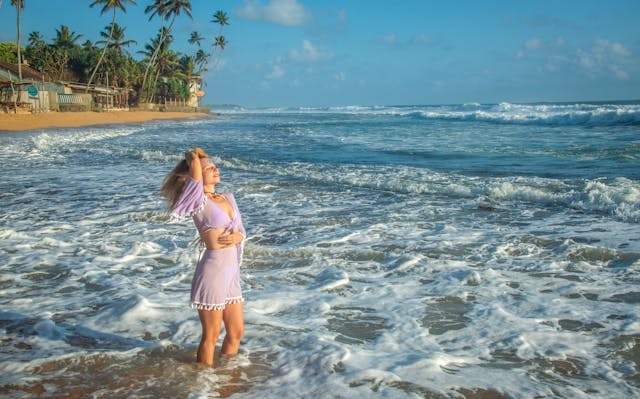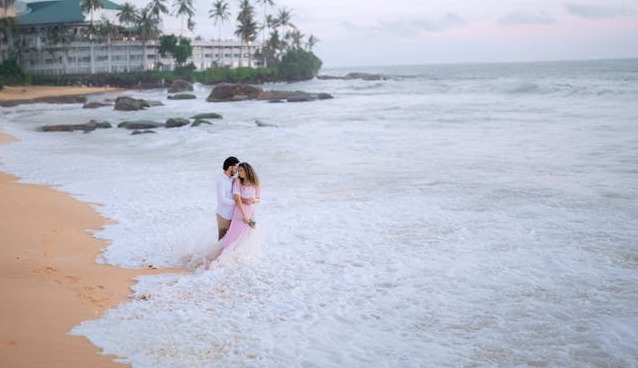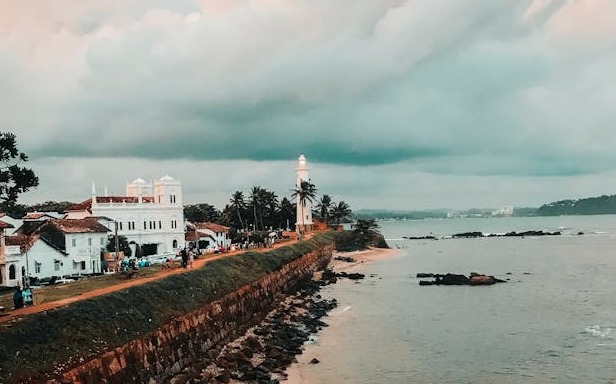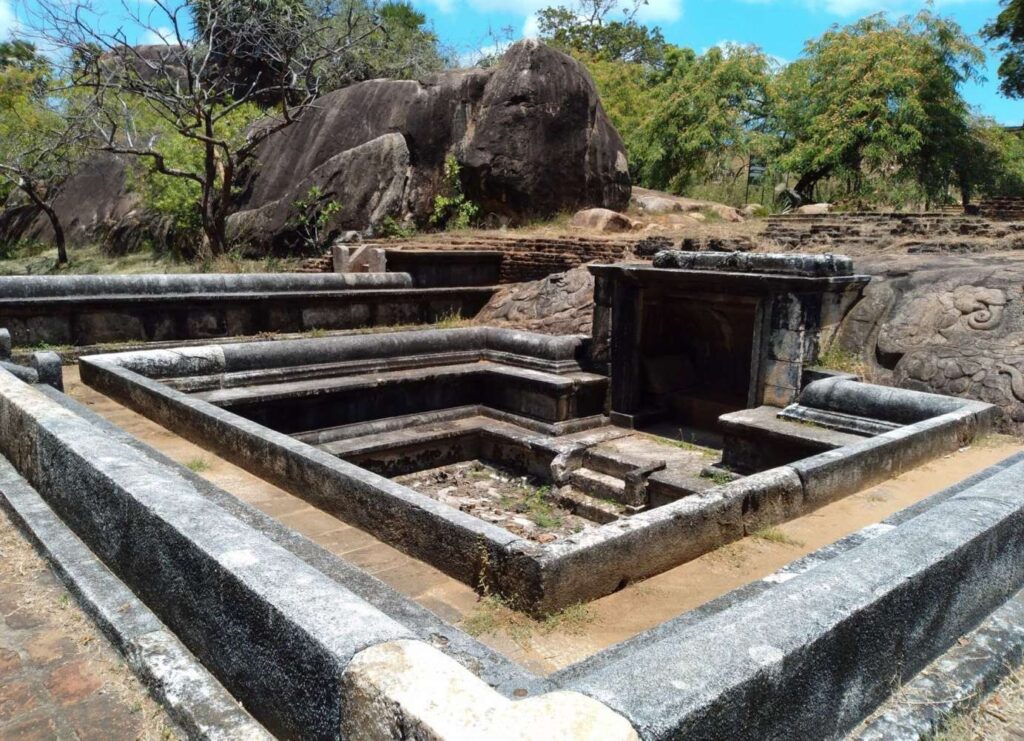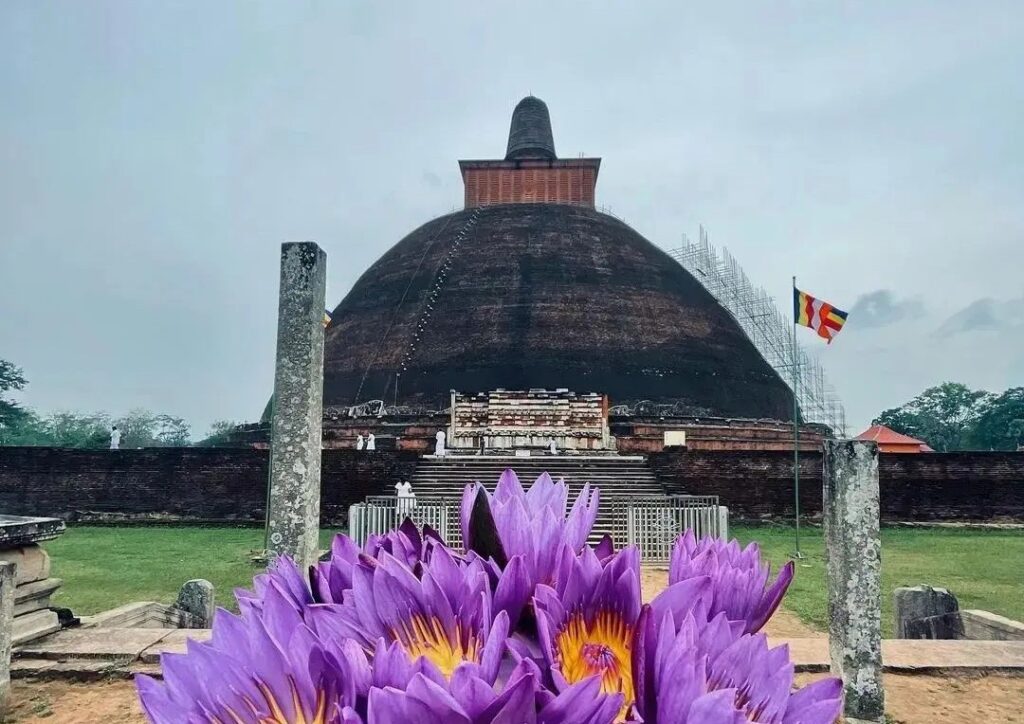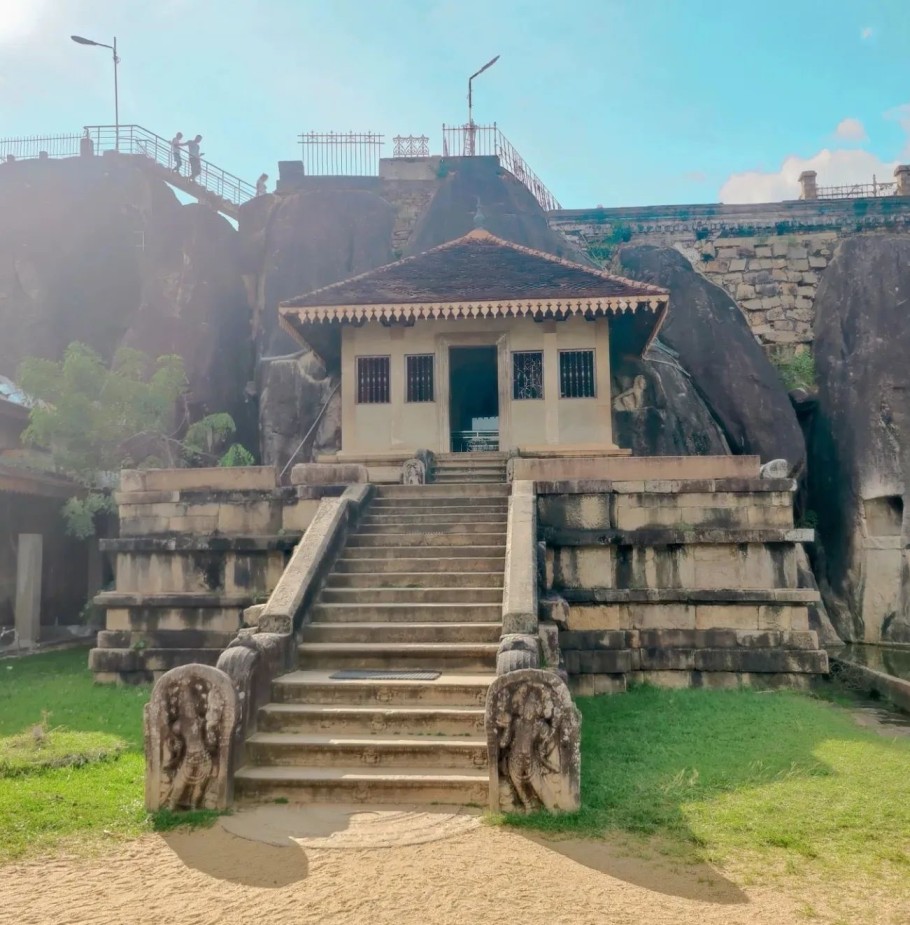🇱🇰 Sri Lanka Weather in April: A Detailed Guide for Tourists Planning a trip to Sri Lanka in April? You’re […]
How Long Should I Stay in Sri Lanka to See the Highlights?
Sri Lanka is a treasure trove of culture, nature, and adventure, making it hard to decide how long to stay.
Is Sri Lanka a Safe Place to Travel? A Comprehensive Guide for 2025
Yes, Sri Lanka is considered safe for most tourists in 2025, but it’s important to stay informed and take precautions.
Is Sri Lanka a Good Place for a Honeymoon? Your Ultimate Guide for 2025
Dreaming of a Romantic Escape with Your Partner? If you’re wondering, “Is Sri Lanka a good place for a honeymoon?”
Sri Lanka Tour Itinerary for March: 7 Days of Bliss with Mahaweli Tours & Holidays
Planning a trip to Sri Lanka in March? You’ve picked a fantastic time! With warm sunshine, low rainfall, and pleasant
Sri Lanka Weather in March: A Detailed Guide for Tourists
Planning a trip to Sri Lanka in March? You’re in for a treat! March is one of the best months
Medirigiriya Vatadage: A Timeless Masterpiece of Sri Lankan Architecture
Medirigiriya Vatadage is an ancient circular relic house located in the Polonnaruwa District of Sri Lanka. Known for its breathtaking
Ranmasu Uyana: The Enchanting Royal Park of Anuradhapura
Ranmasu Uyana, or the Royal Park, is a stunning ancient garden located in the sacred city of Anuradhapura, Sri Lanka.
Abhayagiriya Temple: A Majestic Monastic Complex in Anuradhapura
The Abhayagiriya Temple in Anuradhapura is one of the most remarkable historical and religious sites in Sri Lanka. Once a
Isurumuniya Temple: A Timeless Treasure in Anuradhapura
The Isurumuniya Temple, located in the heart of Anuradhapura, is one of Sri Lanka’s most enchanting ancient temples. Famous for

